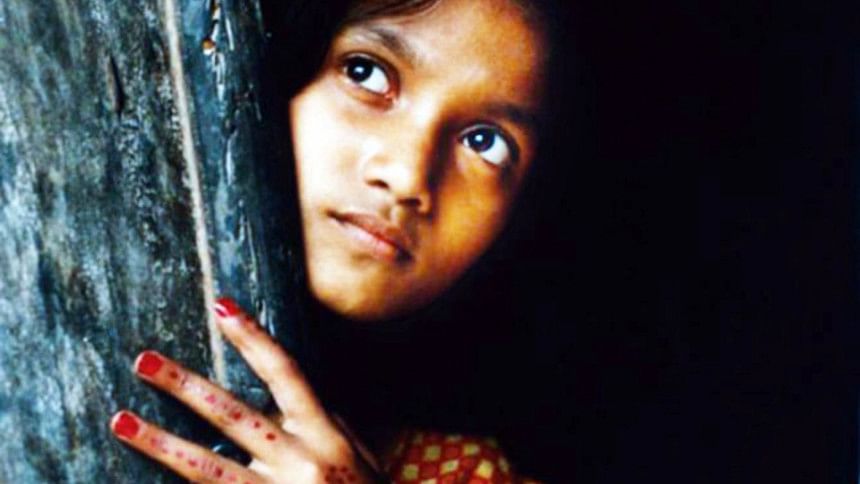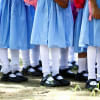A marriage of ideals and realities

Child marriage, variously called underage marriage or early marriage, has been a global, historical phenomenon for millennia. In ancient Israel, it was common for girls to be betrothed at or before puberty. With average life expectancy dwindling below the 50-year mark, ancient Greeks too encouraged getting a head start. From Niger and Saudi Arabia to Great Britain, India and Taiwan, child betrothals were used to end tribal conflicts and forge interfamily alliances. In fact, it was religion that formally set a minimum age requirement for marriage.
Abrahamic traditions required a girl to at least reach puberty before she could be married off. The Vedas prescribed waiting three additional years. The minimum marriageable age for a girl was agreed to be 14 years according to the 1983 Code of Cannon Law. Spread of mass education and taxation of households may have led to an increase in marriageable age. Regardless of its history, what concerns us is that child marriage is still prevalent as ever. And it is especially bad for young girls, whose education, life choices, reproductive health and spousal roles are compromised. Even their children likely bear the costs of early pregnancies. Yet globally, 39,000 underage girls are still being married off everyday.
According to the International Center for Research on Women (ICRW), Bangladesh has the fourth highest rate (66 percent) of child marriage in the world. UNICEF reports that in Bangladesh 74 percent of brides are below 18 years and 39 percent are below 15 years of age. Yet, Bangladesh's Child Marriage Restraint Act (CMRA) criminalises child marriage. That means nearly one-third of marriages in the country could be legally void! In response, lawmakers have long been attempting to lower the minimum age. But lowering the age is like lowering grading standards to produce GPA-5s on paper. It does not change the reality, only its representations. Real questions remain: why do so many people flout this law? Or why does the state legislate against so commonplace a practice? So, why does this chasm exist?
Well, for starters, either the people don't understand the law, or the law doesn't understand the people.
In Bangladesh, child marriages are crimes, to be thwarted, shamed and penalised. The mistaken assumption is that if the event can be stopped, the need for it will go away. It allows no agency to girls. No demand for young brides is acknowledged. Further, this view allows for no good intention on part of the parents, and treats them as complicit in a crime. This law-enforcement framing needs to be expanded if Bangladesh is to properly combat child marriage.
A 2015 Plan International report quotes a Bangladeshi girl saying, "If a girl doesn't get married people will start to gossip about her. She will lose her reputation, and people will think she is having affairs." There is much to think about here. Her anxiety rings true, and reveals some important social constructs: 'marriageable age', 'honor / virtue' and 'age vs. purity'. Firstly, the State and its people clearly do not agree on the definition of 'marriageable age' (hence 74 percent brides are underage). This leads to the question: how was this number (18 years) derived and in what context? Thus comes to the fore the tension that exists between Bangladesh's international pressures and domestic realities.
Secondly, policy thought has largely discounted the issue of honour, painting complicit adults as harbouring criminal intent. In reality, a village father does not care about Bangladesh's commitments at the Girl Summit 2014; he cares about his daughter, and his social standing. Integrally linked to this sense of honour are cultural ideas like virginity or purity. Consequently, sexual harassment, underage elopement, premarital sex, unwanted pregnancies and children out of wedlock are all threats to a man's / family's social standing. That it also limits a girl's life choices is almost secondary in consideration.
Thirdly, we have a complex social milieu comprised of honour codes, misperceptions, archaic attitudes and misinformation. One such factor is the notion that girls' 'age' and 'purity' are inversely correlated. Therefore, the urgency to give away and accept young brides stems – at least partly – from the need to protect public reputations and provide social protection from unwanted advances.
There are still more forces: although many see only sexual depravity in the undeniable male preference for younger brides, there is more to it. As Plan's report points out, "the younger the bride, the easier to control" is a common sentiment in Bangladesh. In this sense, child marriage could be analysed as a systemic, patriarchal tactic to preemptively disadvantage females in a civil union. Indeed the male need to 'control brides' plays a role in expediting underage unions and inhibiting female education & employment.
To understand the drivers of child marriage, it is necessary to objectify the girl child: including her youth, lineage, chastity and fertility potential. Each of these is important social currency and can be traded for material / non-material benefits. The girl child is valuable when she unites two families' property holdings. She can elevate her family's status through marriage and she can be a potential source of honor in her in-laws' house. All throughout, the girls are assumed to be perennial victims, mute objects subjected to the ambition, depravity and ignorance of unaccountable adults. This is exactly what two Bangladeshi researchers have recently proposed to change.
Bangladeshi researchers Niaz Asadullah and Zaki Wahhaj found that parents were the most common drivers behind child marriages; they acted because proposals were 'too good to refuse', and not out of concern for girls' physical safety. The duo has been conducting a 3-year study, covering some 7000 Bangladeshi women's life choices. About girls' attitude towards life choices, they write, "overwhelmingly, their response to questions regarding their desires and aspirations was about continued education with the aim having a career in the service sector. They had little notion of what married life would entail, let alone mention it as a goal for the near future."
CMRA can only treat the symptom of child marriage (i.e. by outlawing it), but cannot address root causes. But there are now new research findings to suggest that promoting girls' agency, behaviour change campaigns to dispel early-marriage and honour associations, and an articulation of the phenomenon as a public health hazard may yield more sustainable results.
The writer is a strategy and communications consultant.

 For all latest news, follow The Daily Star's Google News channel.
For all latest news, follow The Daily Star's Google News channel. 







Comments